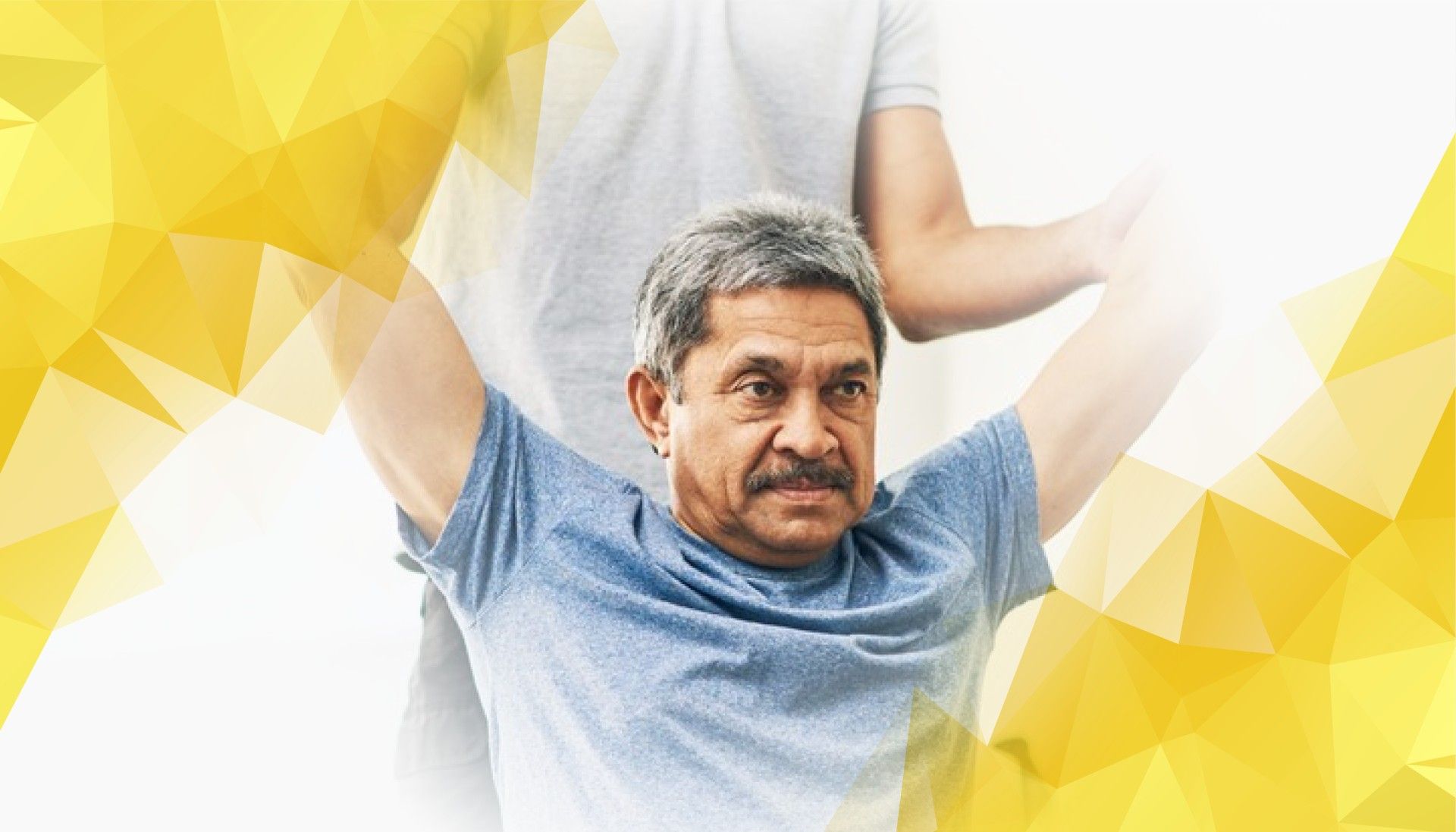Understanding how our bodies move is fundamental for healthcare professionals working to diagnose, treat, and rehabilitate movement-related conditions. Biomechanical assessment —the process of measuring joint and muscle function during everyday movements —reveals key insights into physical health. One widely used test, called the sit-to-stand, measures lower limb function by recording how a person rises from a chair several times in succession. Traditionally, this test involves five repetitions, but new research using MAI Motion , an advanced markerless motion capture system, suggests that just three repetitions can provide equally reliable results. This shorter protocol could make assessments faster and more comfortable, benefiting both patients and clinicians.
Why Consider Fewer Repetitions?
The sit-to-stand test typically requires participants to stand up and sit down five times while their movements are tracked. For many—especially older adults or those with mobility difficulties—completing five repetitions can be challenging and exhausting. Fatigue may affect their performance, leading to less reliable data that doesn’t accurately reflect their everyday movement .
To address this, researchers have investigated whether three repetitions might be sufficient. Thanks to MAI Motion ’s markerless technology, which records detailed biomechanics without placing markers on the body, studies have shown that biomechanical measurements from three repetitions are nearly identical to those from five. This means participants experience less fatigue , while clinicians can gather dependable data in less time.
How Accurate and Reliable Is the Three-Repetition Approach?
MAI Motion captures precise movement data, including joint angles at the hip, knee, and ankle, along with other measures such as impulse ratios and consistency across repetitions. When researchers compared the traditional five-repetition test to a streamlined three-repetition version, they found that averages and variability in these measurements remained virtually the same. In short, three repetitions provide results that are just as accurate and consistent as five, giving clinicians all the information they need to effectively assess movement quality.
Advanced analyses—such as using machine learning techniques to automatically identify movement biomarkers —support the reliability of the shorter protocol. This means that the three-repetition test can offer detailed, clinically useful information without the extra burden placed on patients.
What Does This Mean for Patients and Clinicians?
Switching to a three-repetition sit-to-stand test offers clear advantages. For patients, especially those who tire easily or have limited mobility, fewer repetitions mean less discomfort and strain, making assessments more accessible and less daunting. This, in turn, can improve participation and allow for more frequent monitoring when needed.
Clinicians benefit from shorter assessments that save valuable time in busy clinical environments, all without sacrificing data quality. Reliable motion tracking helps healthcare professionals monitor patient progress, spot early signs of mobility changes, and create more personalised treatment plans. Ultimately, this approach ensures efficient, high-quality care while respecting patients’ comfort and abilities.
The Future of Biomechanical Assessment with Advanced Technology
Embracing a faster, simpler protocol is part of a larger trend in healthcare: using technology to enhance patient care and clinical efficiency. MAI Motion ’s markerless system marks a significant advance—it delivers detailed motion analysis without bulky equipment or time-consuming procedures.
Looking ahead, continued progress in artificial intelligence and machine learning promises to make these systems even smarter and easier to use. The future may soon include remote assessments, where patients complete sit-to-stand tests at home and clinicians monitor results in real time. Such innovations could transform the way mobility issues are tracked and treated, making care more personalised, accessible, and responsive.
In Summary
Measuring how we move is crucial for understanding health and improving quality of life. Recent research shows that reducing the sit-to-stand test from five to three repetitions with MAI Motion technology preserves the accuracy and reliability of the assessment, while making the process easier for both patients and clinicians. This win-win innovation offers quicker, more comfortable evaluations and paves the way for more engaging and effective care. As motion capture technology advances, its integration into daily clinical practice will likely unlock even greater benefits for everyone involved.
References
Armstrong, K., Wen, Y., Zhang, L., Ye, X., & Lee, P. (2022). Novel Clinical Applications of Marker-less Motion Capture as a Low-cost Human Motion Analysis Method in the Detection and Treatment of Knee Osteoarthritis. Journal of Novel Physiotherapies. https://doi.org/10.4172/2167-7921.2022.11.053

